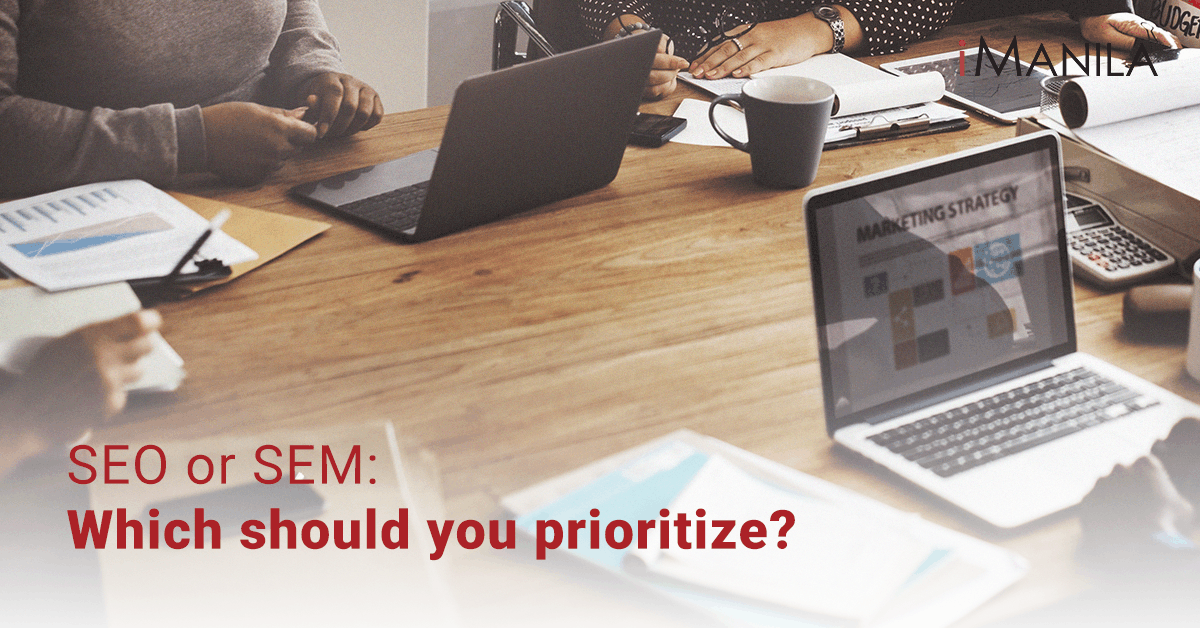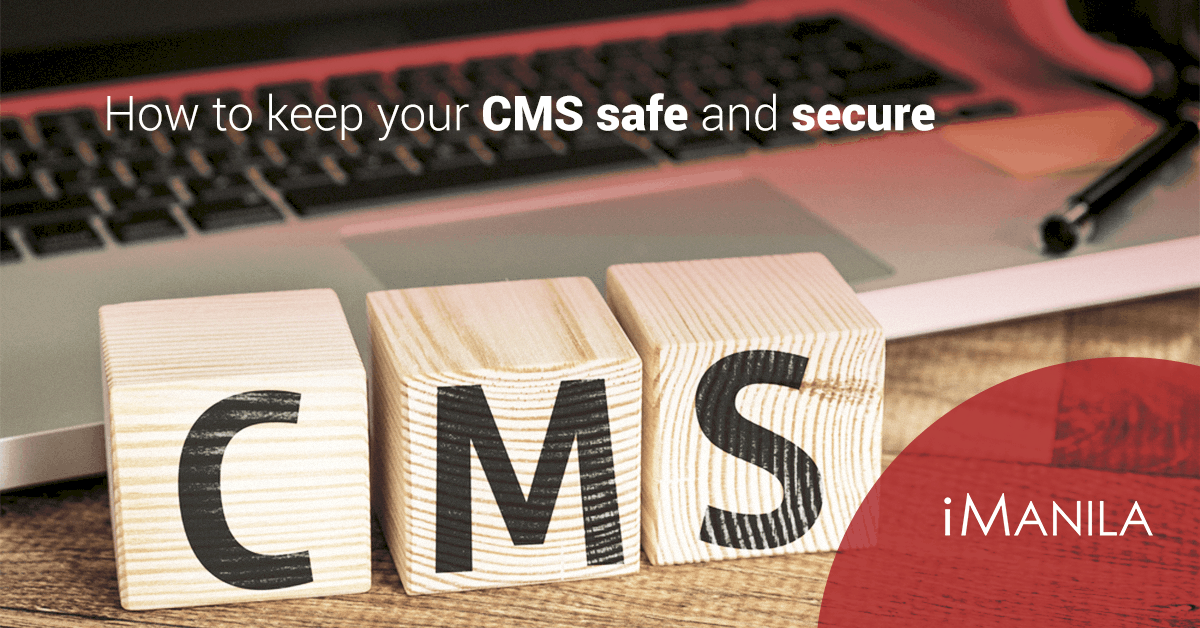Where Should You Spend Your Marketing Budget in 2020
It’s a sad reality that the year 2020 has impacted many businesses in various industries such as retail, tourism, transportation, and many more. The community quarantine has definitely limited the freedom of consumers in purchasing only their needs. Fortunately, there is a way to keep your business afloat despite the ongoing pandemic. Due to this, for the year 2020, businesses should join the hype by focusing on marketing trends and safely investing in different brand strategies to keep your business going.
Here are some areas where you should spend your Marketing Budget in 2020.
Compelling blog content
Many people rely on blogs if they need answers to their questions. The reason why it is important to post high-quality content is to be able to capture the attention of your website visitors. Your content serves as one of your most important marketing tools and it must not be overlooked. Just as well, the competition when it comes to blog posting is very high that’s why your content should always be compelling to stand out. It is also a must to regularly update blog posts on your website to reach more audience and increase your organic traffic.
Social Media Marketing
It is known that throughout the pandemic, social media usage has skyrocketed with more people staying at home. With that, and with the majority of online users on social media, no doubt that your brand should be on social media too! Social media marketing helps in improving brand loyalty. Now more than ever, it is the perfect time to invest in a social platform that will help you reach your target consumers and simultaneously build stronger relationships with your consumers. Here are the following areas you need to consider on Social Media Marketing: compelling content, visually enticing images, and paid advertising.
Quality Product Description
Product descriptions play a huge role in your marketing tool. If it is a dry feature your target consumers will surely lose their interest in your product. Product descriptions have many functions than characterizing a product. This answers the questions of your target market about your product. Product descriptions should evoke the right emotion and showcase the ability of the product. It is a must to provide a budget for writing marketing descriptions.
Video Marketing
Video Marketing is the perfect way to raise brand awareness and reach audiences who have an interest similar to your brand. Consumers watch videos for their entertainment and want to be a part of their interaction with the brand. To make video marketing effective, always have an objective in mind on what you want to achieve and determine the type of video that you will publish.
One way to keep your business afloat this 2020 is to invest in your Marketing Budget digitally (and wisely), in order to reach more audience and raise brand awareness online. The specifics of your business depend on your marketing strategies and investment. iManila is equipped to help your business keep going and to boost your online presence no matter what the situation is. Leave a message and let’s discuss how we can help you with your digital marketing needs.








